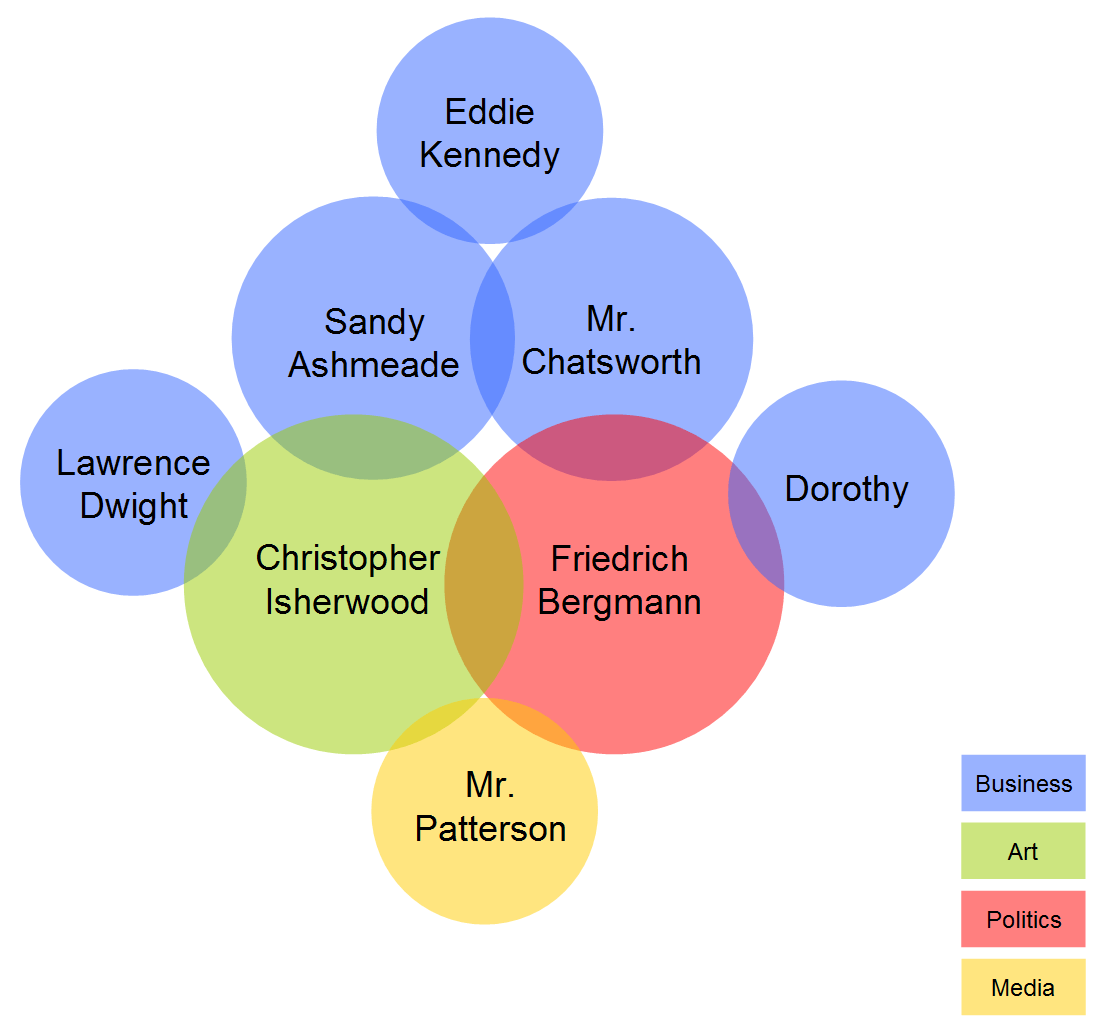Prater Violet on:
[Wikipedia]
[Google]
[Amazon]
''Prater Violet'' (

''Prater Violet''
{{Isherwood 1945 British novels Novels by Christopher Isherwood Novels about writers Random House books
1945
1945 marked the end of World War II and the fall of Nazi Germany and the Empire of Japan. It is also the only year in which nuclear weapons have been used in combat.
Events
Below, the events of World War II have the "WWII" prefix.
Januar ...
) is Christopher Isherwood
Christopher William Bradshaw Isherwood (26 August 1904 – 4 January 1986) was an Anglo-American novelist, playwright, screenwriter, autobiographer, and diarist. His best-known works include '' Goodbye to Berlin'' (1939), a semi-autobiographical ...
's fictional first person account of film-making. The Prater
The Prater () is a large public park in Leopoldstadt, Vienna, Austria. The Wurstelprater, an amusement park that is often simply called "Prater", lies in one corner of the Wiener Prater and includes the Wiener Riesenrad Ferris wheel.
Name
The n ...
is a large park and amusement park in Vienna
en, Viennese
, iso_code = AT-9
, registration_plate = W
, postal_code_type = Postal code
, postal_code =
, timezone = CET
, utc_offset = +1
, timezone_DST ...
, a city important to characters in the novel for several reasons. Though Isherwood broke onto the literary scene as a novelist, he eventually worked in Hollywood as a screenwriter. In this novel, Isherwood comments on life, art, commercialization of art and Nazism
Nazism ( ; german: Nazismus), the common name in English for National Socialism (german: Nationalsozialismus, ), is the far-right totalitarian political ideology and practices associated with Adolf Hitler and the Nazi Party (NSDAP) in Na ...
.
Structure
A short novel without chapter divisions, ''Prater Violet'' follows Isherwood's involvement in the creation of the eponymous film. Much of the novel records the remarks of people working in the film industry and Isherwood's conversations with a brilliant Austrian film director, Friedrich Bergmann. Only at the conclusion of the novel does Isherwood significantly separate his voice from the stream of dialogue to provide a deeper commentary and to ask, "What makes you go on living? Why don't you kill yourself? Why is all this bearable? What makes you bear it?" (154).Themes
The novel depicts England before theSecond World War
World War II or the Second World War, often abbreviated as WWII or WW2, was a world war that lasted from 1939 to 1945. It involved the vast majority of the world's countries—including all of the great powers—forming two opposin ...
, the rise of Nazism and the world of film-making. Isherwood uses his characters to express varying views about Hitler, and most are shown to be alarmingly indifferent.
Characters

Major characters
*Christopher 'Chris' Isherwood (writer) *Friedrich Bergmann (director) *Mr Chatsworth (producer) *Sandy Ashmeade (story editor) *Dorothy (secretary)Minor characters
Mr Patterson (journalist), Lawrence Dwight (headcutter), Fred Murray (gaffer), Mr Harris (art director), Mr Watts (lighting technician), Mr Pfeffer (musical director), Roger (sound recordist), Teddy (boomer), Joyce (continuity girl), Clark (clapper boy), Jack (camera man), Eliot (assistant director), Timmy (make-up man), Anita Hayden (actress), Arthur Cromwell (actor), Eddie Kennedy (director) The main character, Isherwood himself, is a moderately successful author of fiction. He is a close observer of the film-making process and the gathering war. Eventually he becomes frustrated by his rather passive role in life, but finds consolation in the dramatic personalities he meets. Friedrich Bergmann is a film director. Just as Isherwood translates Bergmann's poor English into film script, Isherwood comes to understand the true horror of Nazism through Bergmann's fear for his family in Austria. As Hitler lays the foundation for war, movie executives such as Mr Chatsworth stress over the timely production of the film ''Prater Violet''. Ashmeade, the story editor, who we are led to believe is Isherwood's first, meaningless lover, and Dorothy, the secretary, both fade into a cast of minor characters who fail to comprehend the truth of life. The only exception to this monochrome cast is Lawrence Dwight, the head cutter at Imperial Bulldog Pictures. He sees life as a quest for efficiency through establishing patterns.Major themes
*Efficiency *Art *The Creative Process *Film-as-art *Film-as-entertainment *Nazism *LoveBased on Isherwood's film work
''Prater Violet'' is based on Isherwood's experience as a screenwriter on theBritish Gaumont
The Gaumont-British Picture Corporation produced and distributed films and operated a cinema chain in the United Kingdom. It was established as an offshoot of the Gaumont Film Company of France.
Film production
Gaumont-British was founded in 1 ...
film '' Little Friend'' (1934), directed by Berthold Viertel
Berthold Viertel (28 June 1885 – 24 September 1953) was an Austrian screenwriter and film director, known for his work in Germany, the UK and the US.
Early career
Viertel was born in Vienna, the capital of the Austro-Hungarian Empire, but later ...
, and starring Matheson Lang
Matheson Alexander Lang (May 15, 1879 – April 11, 1948) was a Canadian-born stage and film actor and playwright in the early 20th century. He is best remembered for his performances roles in Great Britain in Shakespeare plays.
Biography
Lang w ...
and Nova Pilbeam
Nova Margery Pilbeam (15 November 1919 – 17 July 2015) was an English film and stage actress. She played leading roles in two Alfred Hitchcock films of the 1930s, and made her last film in 1948.
Early life
Pilbeam was born in Wimbledon, Surr ...
.Jonanthan Fryer, ''Isherwood: A Biography'' (Garden City, NY: Doubleday, 1977) p. 140, 210
References
External links
''Prater Violet''
{{Isherwood 1945 British novels Novels by Christopher Isherwood Novels about writers Random House books